In this episode of The Science of Excellence, I sat down with Marco Andre, Executive Director of Global Marketing & AI Excellence at Novartis (Ex-Google, YouTube, P&G). He’s also a prominent thought leader who guides executives through the complexities of AI adoption.
We talked about why some leaders thrive with AI while others struggle to move beyond skepticism, and what mindset shifts – both at the individual level and within the broader L&D community – are necessary to avoid getting left behind.
Below are 5 insights I found particularly interesting for anyone supporting executive teams through this transition.
- High-Impact AI Training Is Hands-on and Social
- In the Age of AI, Curiosity Wins
- The Shift from Having Answers to Asking Questions
- Use Individual AI Adoption to Ignite Enterprise Transformation
- Focus on the Problem, Not the Technology
1. High-Impact AI Training Is Hands-on and Social
In Marco's Words: "What I don't think works is just laid back watching videos. It has to be experiential, you need to be able to feel it. You need to be able to learn from peer to peer and it can't be a one off. You can do the best workshop in the world, the best keynote in the world, the best resource, but the day after is what determines the success or not of the capability that you're building."
The traditional training model – presentations, case studies, and market analyses – just doesn’t do enough. Marco has noticed that leaders need to experience AI's capabilities before they can see its application to their work.
L&D should design AI learning experiences that are interactive and practical rather than purely theoretical. If executives can immediately apply AI tools to their own day-to-day, the chances of them mastering the platforms and finding new use cases go up significantly.
2. In the Age of AI, Curiosity Wins
In Marco's Words: "I met an executive... She asked me, so what have you been up to? And so I've been exploring this thing, ChatGPT... She walked all the way to my desk. We got my laptop and we spent the rest of the meeting just putting questions into ChatGPT. And she didn't believe me. She said, ask me anything... She spent the next three, four days listening to podcasts, reading research, getting so interested in it. She asked me to go to her leadership team. So it's curiosity."
In Marcos' example, the executive who approached AI with genuine curiosity went from skeptic to champion overnight, while many mandatory AI training initiatives struggle to create real engagement and stickiness.
Learning initiatives should look to spark curiosity beyond just teaching skills. Creating opportunities for executives to have their "wow moment" with AI opens the door to further self-directed learning.
3. The Shift from Having Answers to Asking Questions
In Marco's Words: "What I learned with AI is that my muscle now, my default, I developed this muscle. My default is to use AI for something. And I didn't have that at the beginning. Right now, I think I'm about to do something which is either energy intensive or work intensive or time intensive. And I learned that it's way more my ability to ask the right questions rather than have the right answers. And that's a fundamental shift. The way I was brought up, my education was, I memorize something, I tell the right answer and I'm rewarded. What I think AI is making me change is I need to be way smarter, way more creative, way more insightful about the question that I have."
For decades, we've elevated leaders who provide answers – the decisive, knowledgeable expert who knows what to do. Effective use of AI requires a paradigm shift, making question formulation the higher-order skill.
To adapt, L&D programs need to redefine expertise from knowledge retention to question formulation, which is a cognitive shift that requires both practice and coaching.
4. Use Individual AI Adoption to Ignite Enterprise Transformation
In Marco's Words: "If you understand the productivity part, you understand the technology. If you understand the technology, you start understanding what does it mean. So when you and I started using Microsoft Office or Excel 20 or 25 years ago, we would take an Excel attachment and send it by email. Now you're laughing because it seems crazy that we were managing versioning like that. Only when we understood that, did we put an Excel in the cloud and we started doing collaborative work."
Marco's Excel comparison shows how technology adoption really happens. Innovation takes off when individuals find personal value.
Executives can only truly imagine bigger changes after seeing how AI helps their own work. Training people on AI isn't just about making individuals more productive. It's about building the mindset and skills that help your team rethink their daily work using AI.
5. Focus on the Problem, Not the Technology
In Marco's Words: "The three questions I tell them to think about: just stop and think, okay, me and my team, where are we spending most time and money? What can we do? And then second, if we were to use some of these tools, what would we be able to do better? And third, do we actually have the education, the knowledge to understand one and two? Don't worry about everything that you read. Think for yourself. How can this help you help your team and you have the knowledge to do it because it's very easy to get lost and very easy to get overwhelmed."
One of the most common complaints with AI is products and workflows that try to solve non-existent problems. Instead of chasing the latest AI advancements, Marco recommends starting with existing business challenges and working backwards to determine where AI can create real impact.
Learning programs should address business problems, not just showcase AI capabilities. The most successful AI adoption starts by clearly identifying pain points, while carefully considering if AI truly improves the status quo.
Until next time,
Vince




.png)

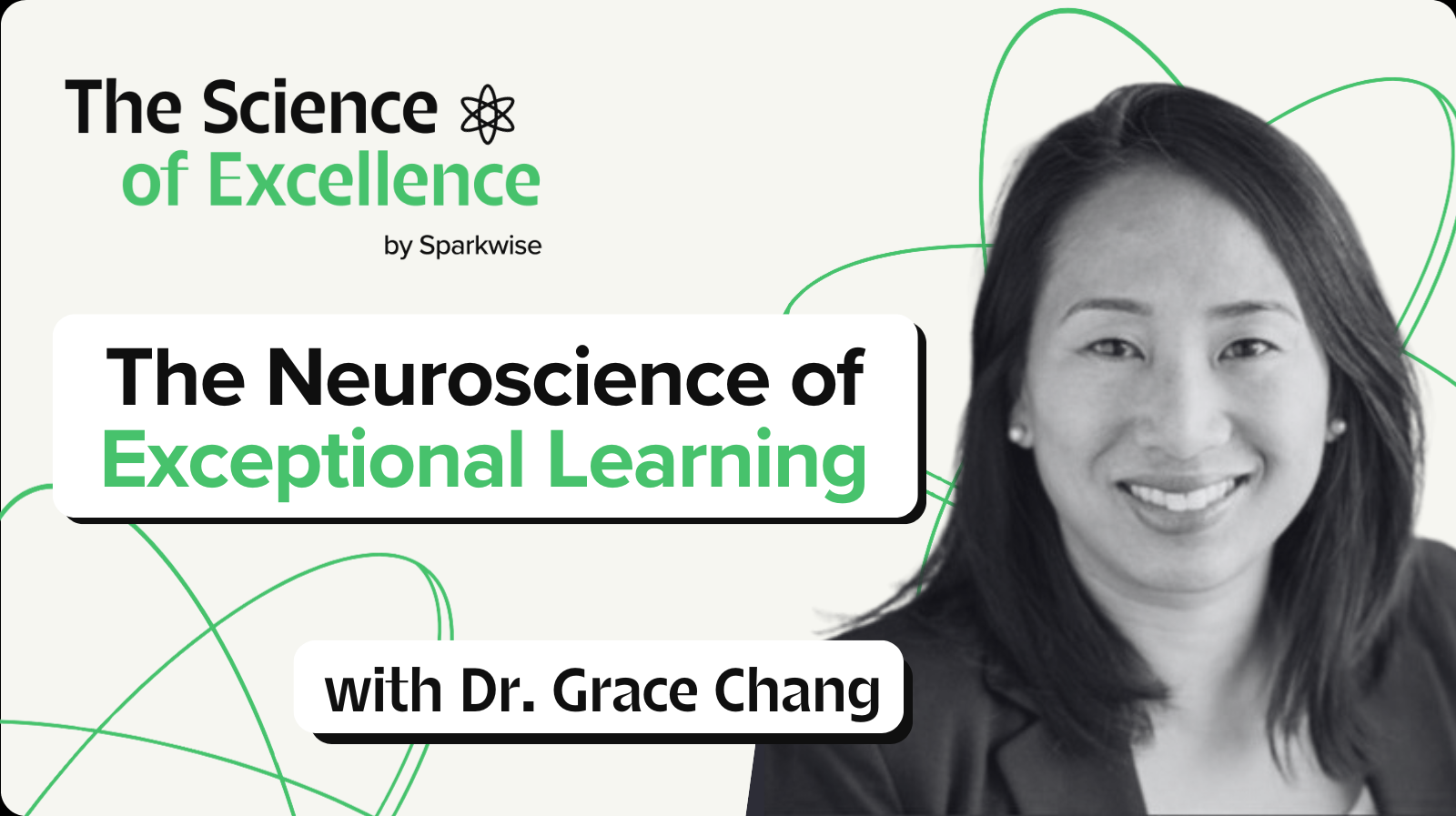
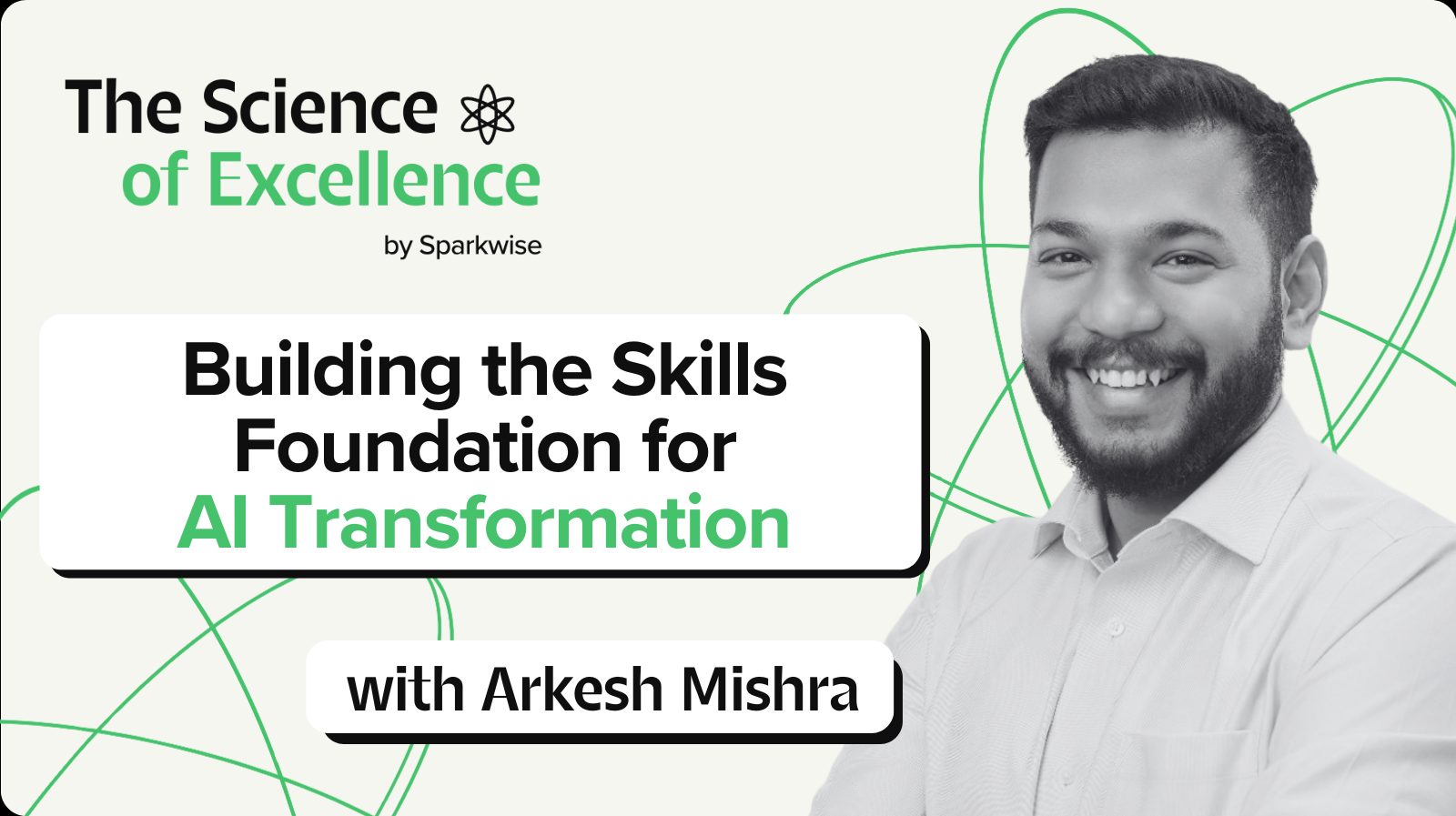

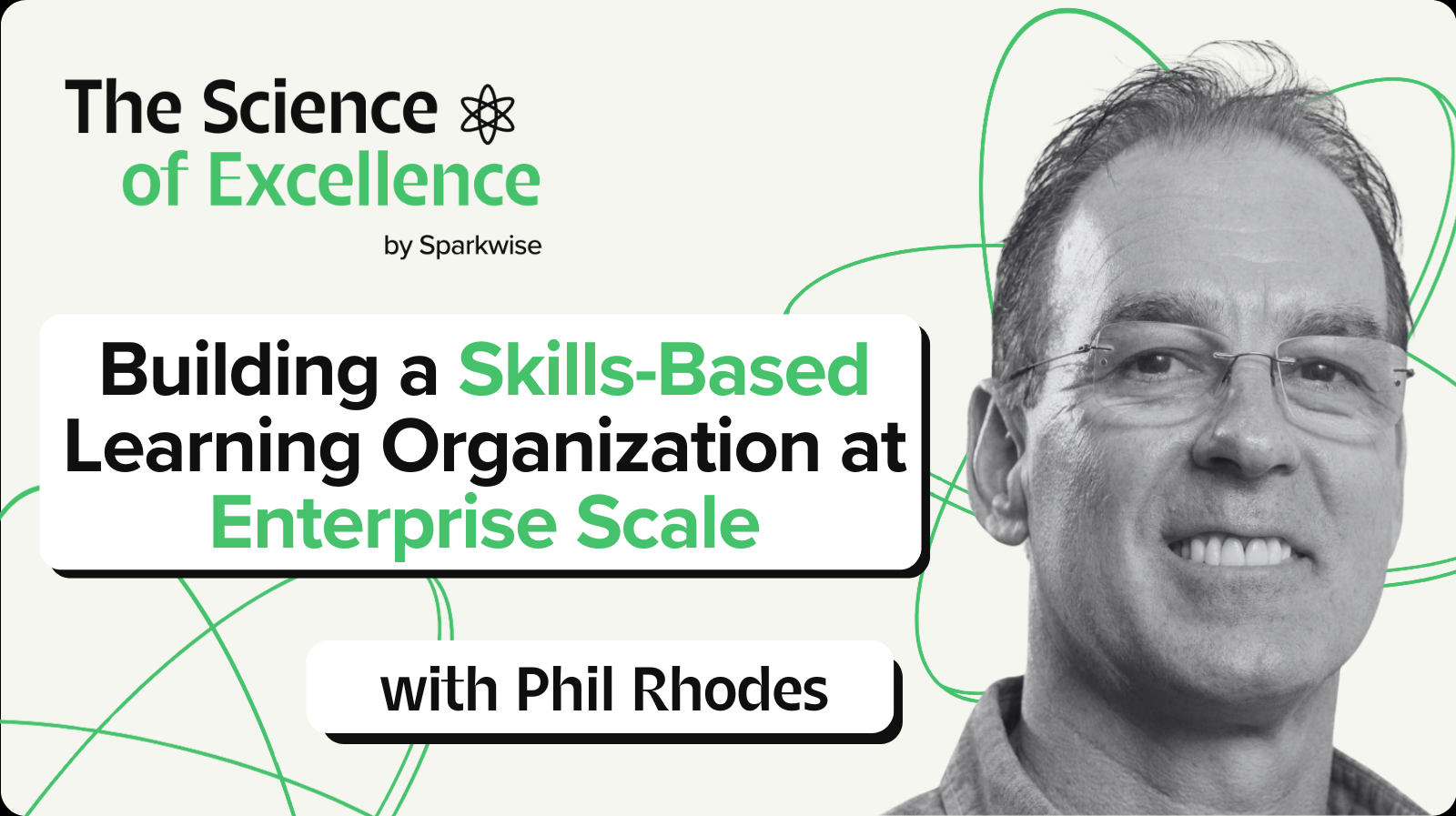
.png)
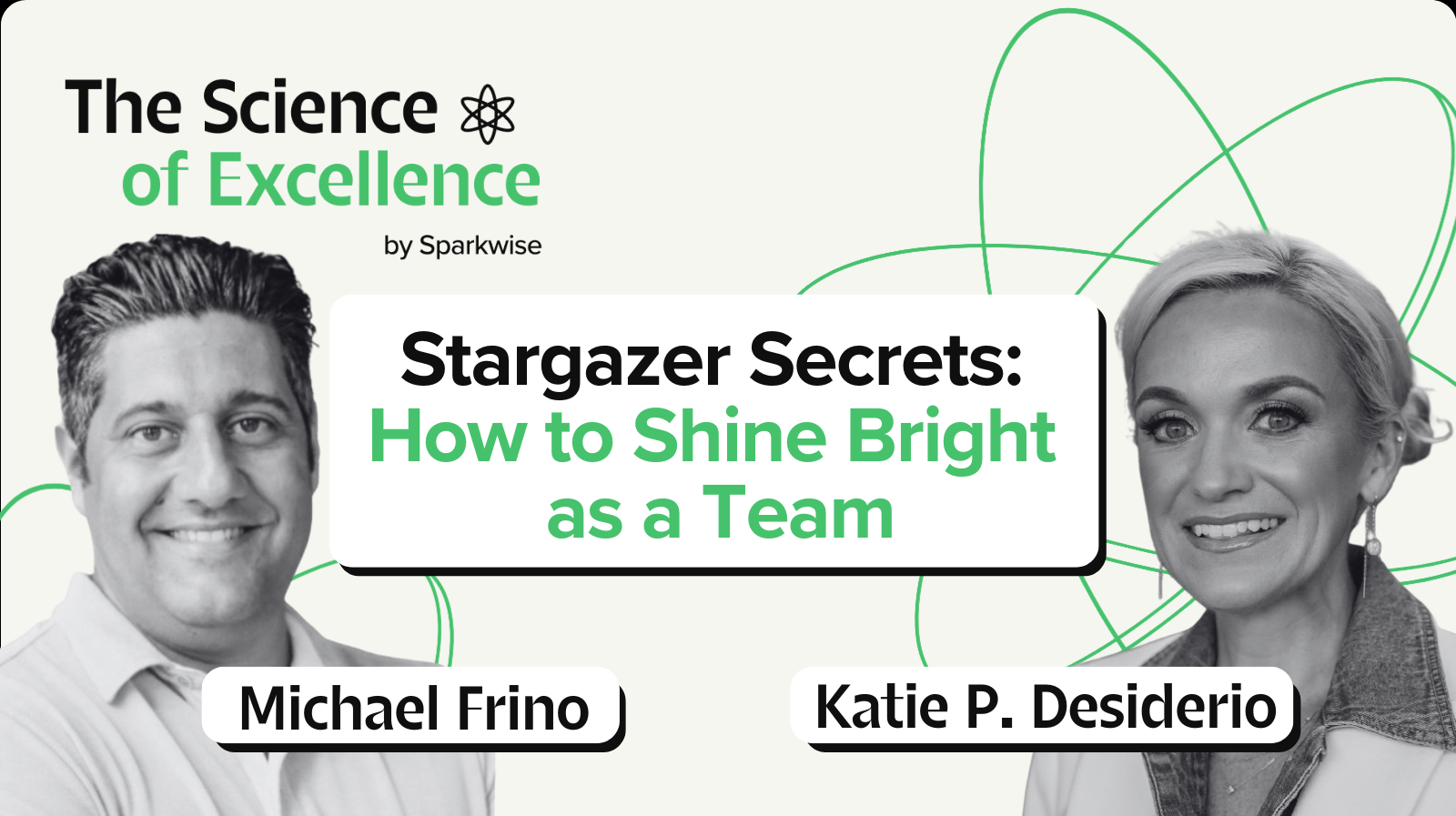
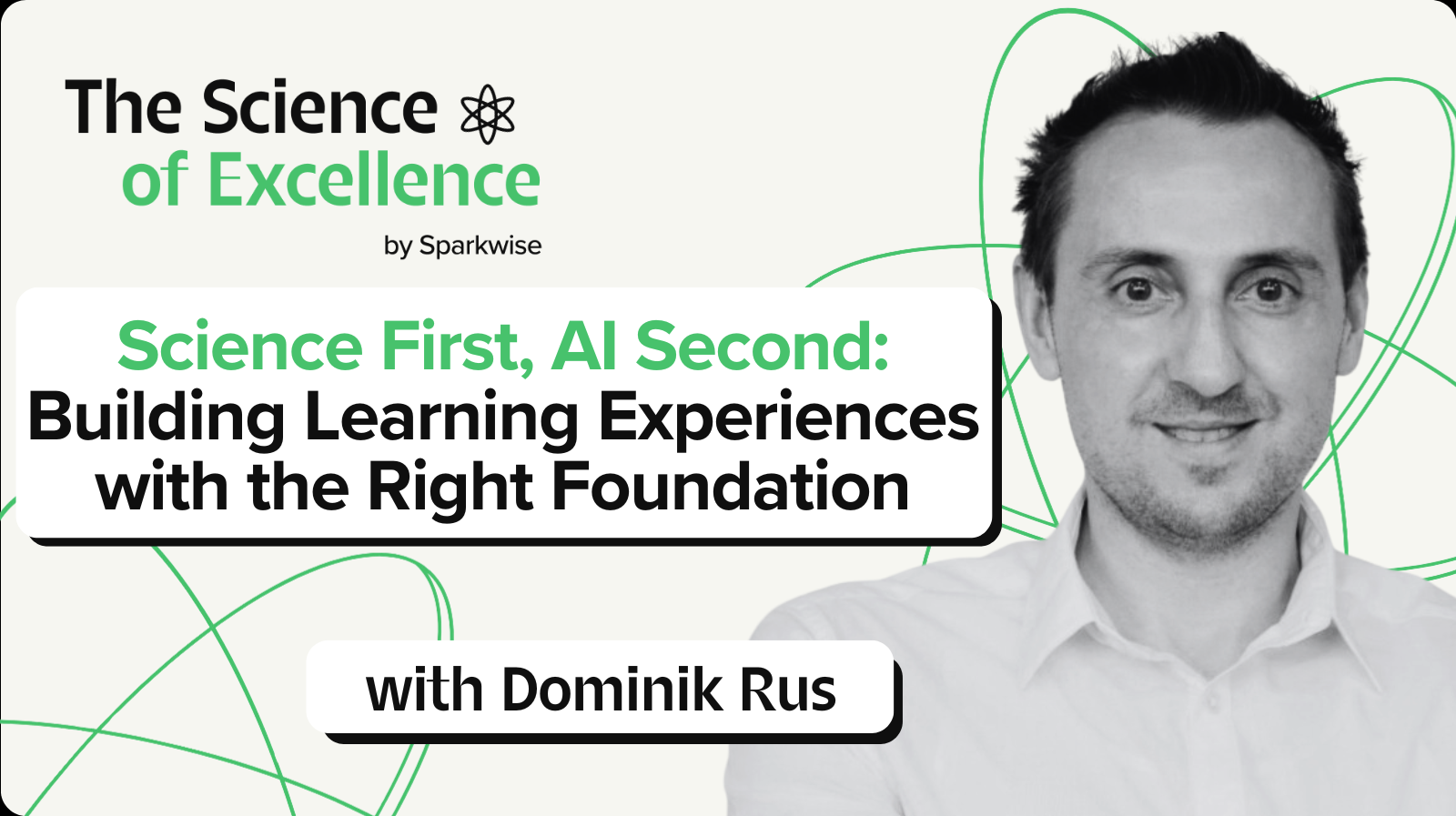
.png)
.png)








.png)












.png)